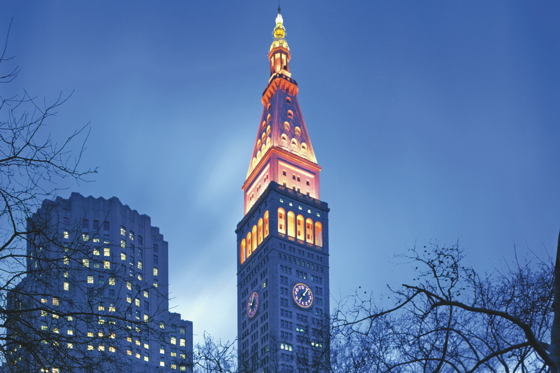For hotel investors, New York City is never going to be purely a numbers game. Sure, it has enjoyed occupancies in the 80% range when 60% looked good to the rest of the country. And few places in the country rode out the Great Recession with better performance. But the Big Apple is also lumbering under a ton of new supply that is pressuring ADR. Declines such as the 9.6% drop for Pebblebrook Hotel Trust’s six Manhattan properties in the first quarter of 2015 might be a cautionary tale (the Manhattan average was -4.8%), but they’re still reflective of the trend. Whatever the math, New York City is still the biggest U.S. city and most important gateway, and for many investors and operators, that is enough to drive the deal pace.
“There are reasons other than favorable returns for brands and owners to have a New York presence,” said Bjorn Hanson, clinical professor, NYU School of Professional Studies, Preston Robert Tisch Center for Hospitality and Tourism. “So they invest at low rates of return — or negative returns, in some cases — and the result is higher prices and lower rates of return overall.”
Still, investors looking to do more with New York properties than tick a geographic box are in for some serious rethinking about what works and what doesn’t. “You better be something other than a commodity,” said Barry Sternlicht, chairman and CEO, Starwood Capital Group.

Industry insiders’ whispers about overbuilding are getting louder, at least in some quarters. “There was 4% growth in new supply last year. It’s 6.5% this year, and 5% next year,” said Patrick Scholes, managing director, lodging and leisure equity research, Suntrust Robinson Humphrey. “As evidenced by decelerating RevPAR-growth rates over the past few months, several years of high supply seem to have led to a tipping point where it is difficult to see positive same-store RevPAR growth, at least over the next year. So yes, New York City is becoming oversupplied.”
Optimist view
Not all experts see New York as being oversupplied. A lot depends on how investors slice and dice the opportunities. “New York’s not overbuilt nor oversupplied, now or in the near future,” said Erik Warner, principal, Eagle Point Hotel Partners, New York. “The market is becoming more accessible — especially globally — and we are seeing the emergence of a new traveling demographic with fewer dollars of disposable income to allocate toward hotel stays.”
Commune Hotels and Resorts’ CEO Niki Leondakis agreed — to a point. “There are certain neighborhoods that are still developing,” she noted. “Lower Manhattan, where we’re opening The Beekman, A Thompson Hotel, is undergoing a dramatic rebirth, with 1.5 million square feet (139,355 square meters) of new and repositioned retail and restaurant space opening by 2015. The arrival of One World Trade Center has inspired a new creative class to move downtown and spawned the development of large-scale dining, shopping and entertainment complexes. But due to the cost, the ultra-luxury sector will have an increasingly more difficult time finding the right opportunities to enter the New York City market going forward.”
They might all be right. “The market is not overbuilt in the traditional sense, in that occupancy remains strong,” said Sean Henessey, CEO, Lodging Advisors, New York. “Even with a lot of new hotels, occupancy levels have gone up. This suggests that New York City has continually demonstrated that the market has historically been under-supplied. Those days may be ending, but the stats don’t show it yet.”
Editor’s note: For the full feature about the state of the New York City market, check out the June issue of HOTELS’ Investment Outlook.
